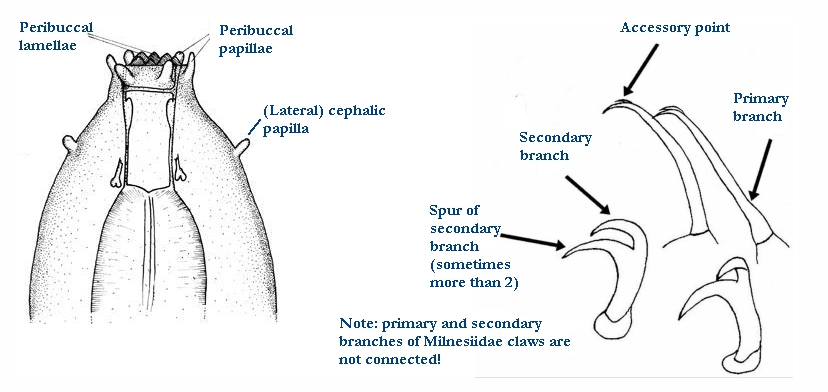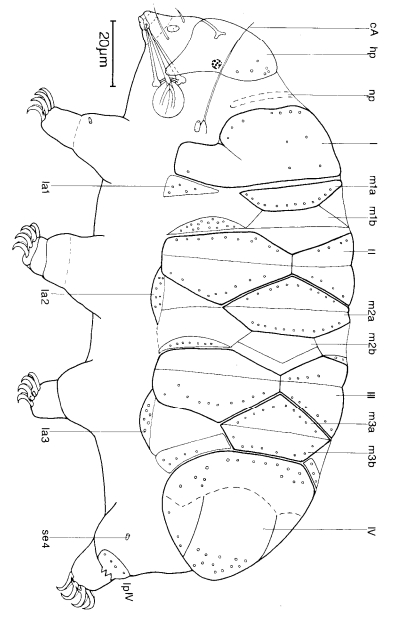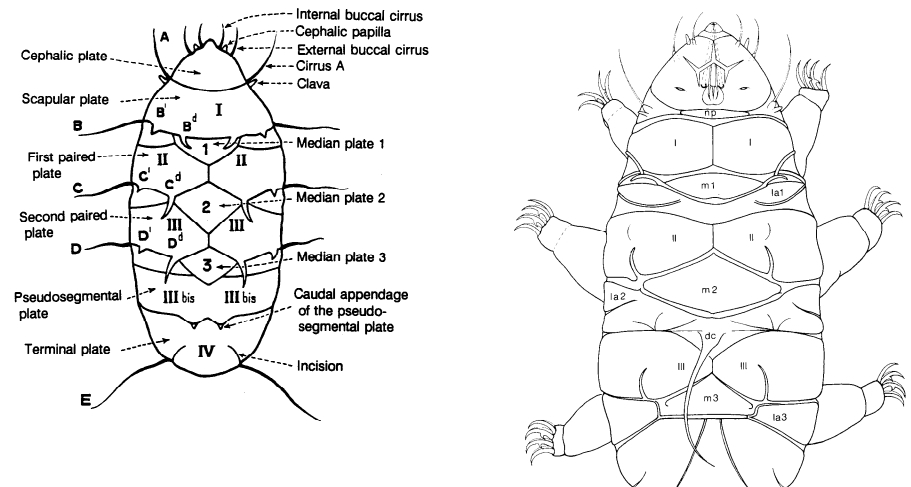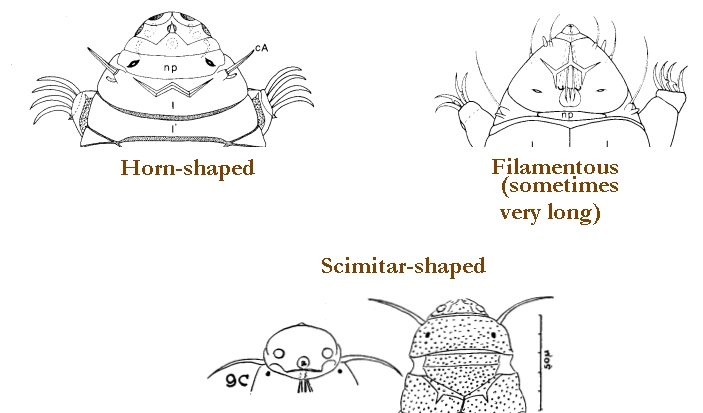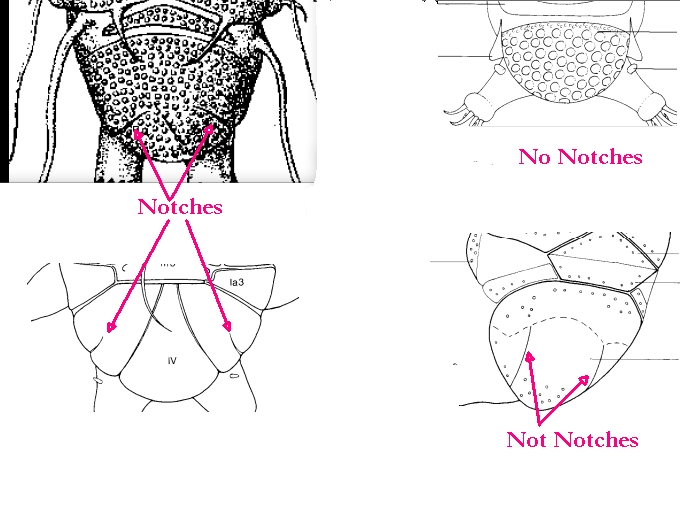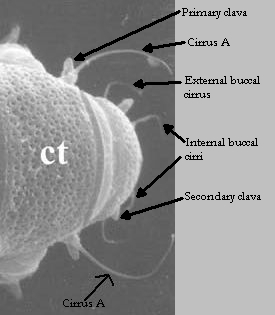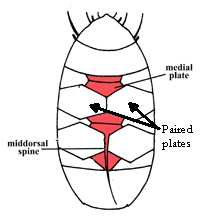Hypsibius
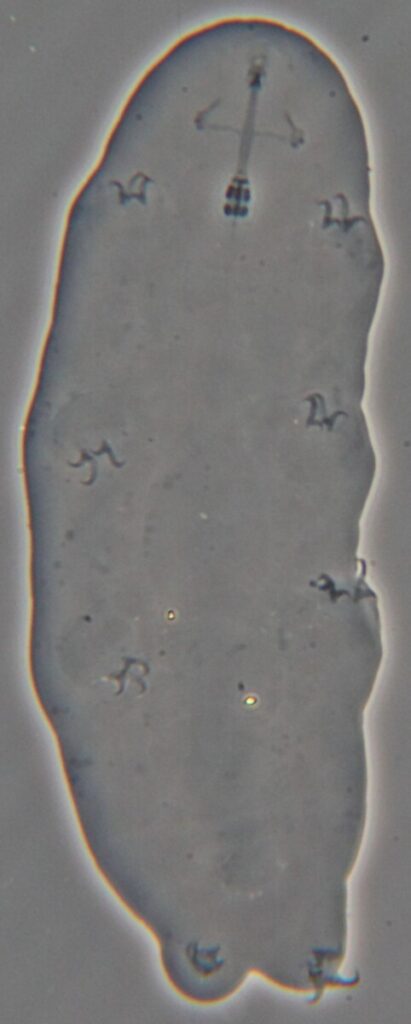
Hypsibioidea from Pilato 1969 in Marley et al. 2011: “Parachela; claws asymmetrical (2121); Hypsibius-type claw pairs; AISM hooked (or, if the buccal tube is elongated, AISM can be broad ridges).” Hypsibioidea from Bertolani et al. 2014: “Double claws asymmetrical with respect to the median plane of the leg (2121), the external (or posterior) claw often […]
Borealibius
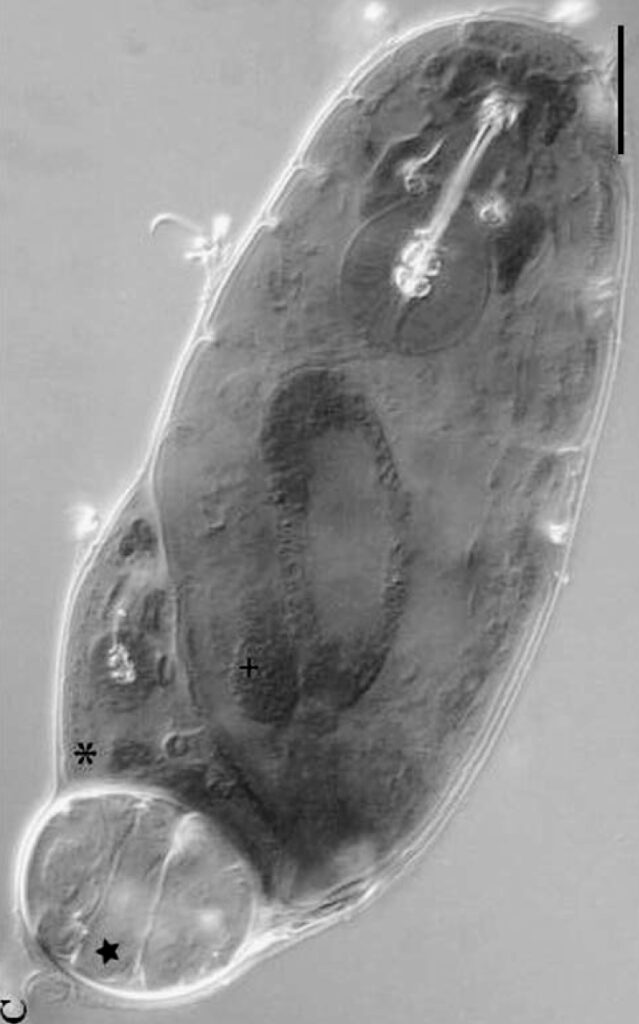
Hypsibioidea from Pilato 1969 in Marley et al. 2011: “Parachela; claws asymmetrical (2121); Hypsibius-type claw pairs; AISM hooked (or, if the buccal tube is elongated, AISM can be broad ridges).” Hypsibioidea from Bertolani et al. 2014: “Double claws asymmetrical with respect to the median plane of the leg (2121), the external (or posterior) claw often […]
Diphascon
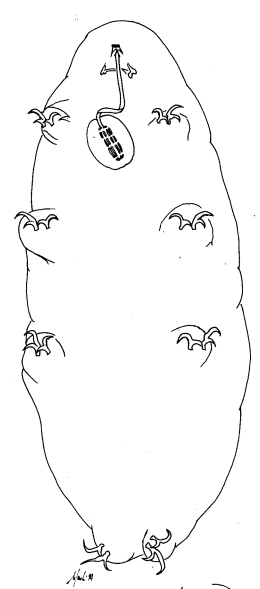
Hypsibioidea from Pilato 1969 in Marley et al. 2011: “Parachela; claws asymmetrical (2121); Hypsibius-type claw pairs; AISM hooked (or, if the buccal tube is elongated, AISM can be broad ridges).” Hypsibioidea from Bertolani et al. 2014: “Double claws asymmetrical with respect to the median plane of the leg (2121), the external (or posterior) claw often […]
Mixibius
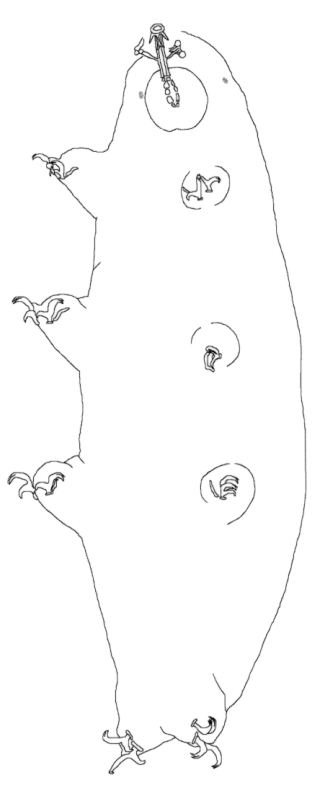
Hypsibioidea from Pilato 1969 in Marley et al. 2011: “Parachela; claws asymmetrical (2121); Hypsibius-type claw pairs; AISM hooked (or, if the buccal tube is elongated, AISM can be broad ridges).” Hypsibioidea from Bertolani et al. 2014: “Double claws asymmetrical with respect to the median plane of the leg (2121), the external (or posterior) claw often with flexible main branch; double claws […]




